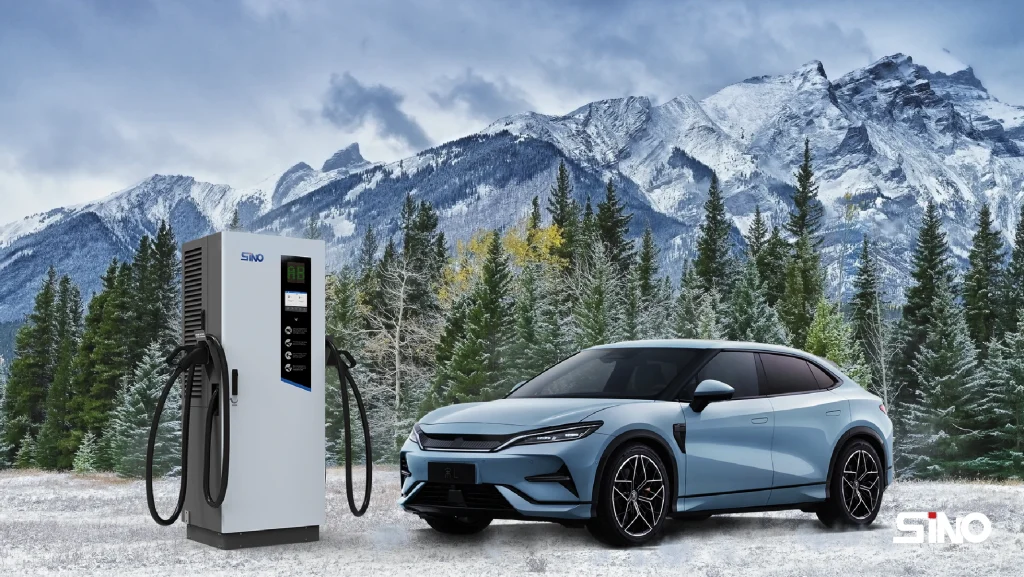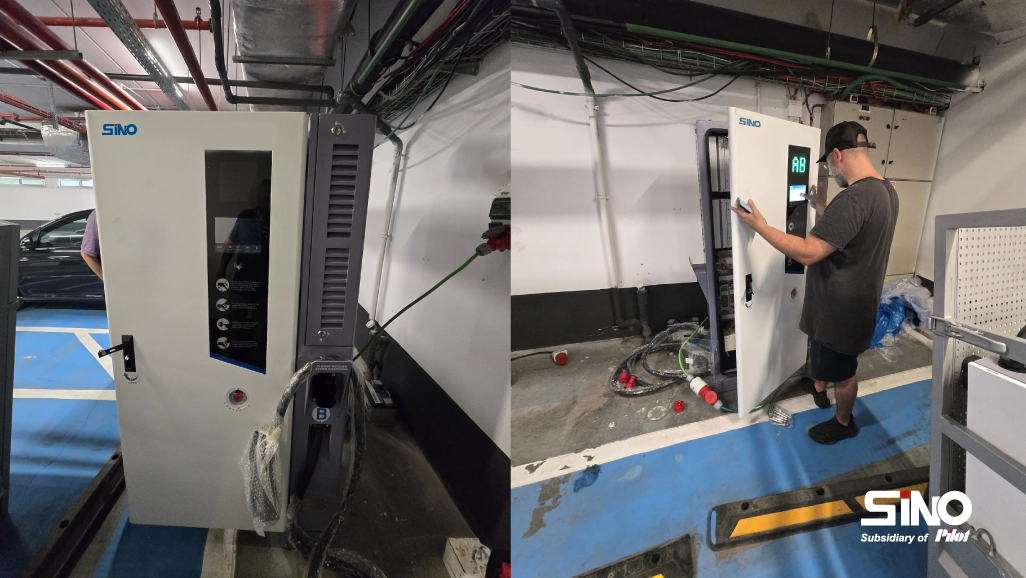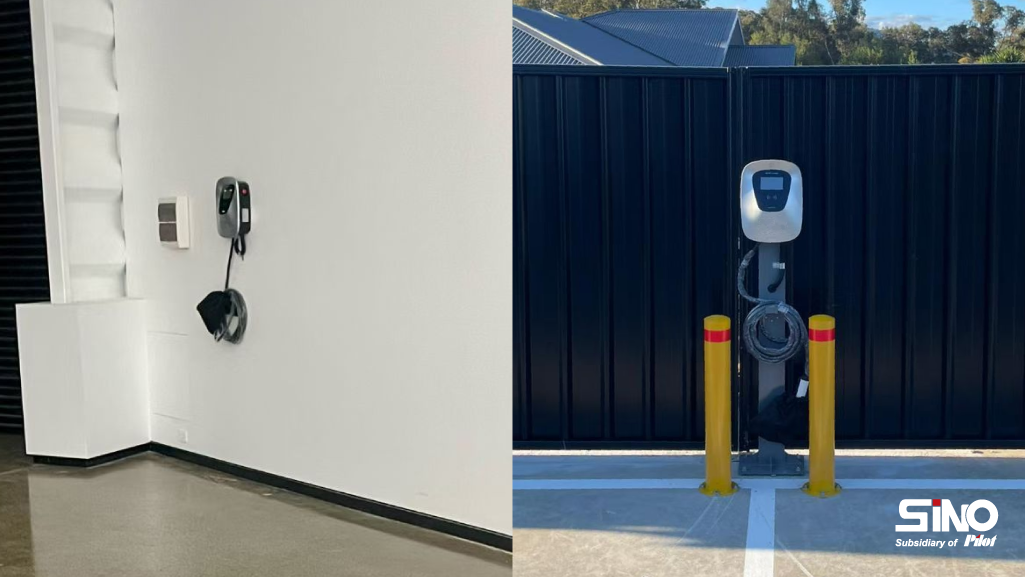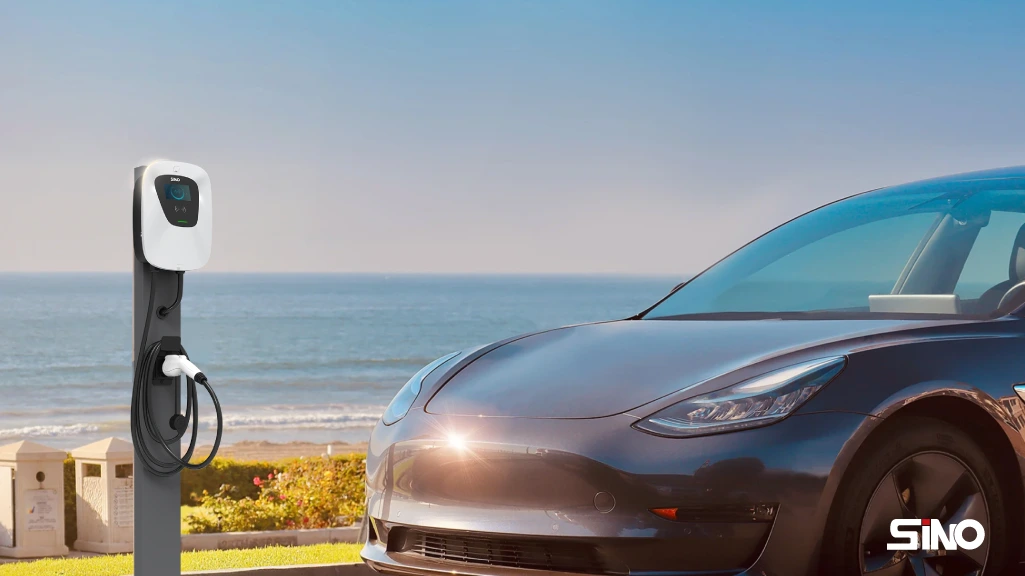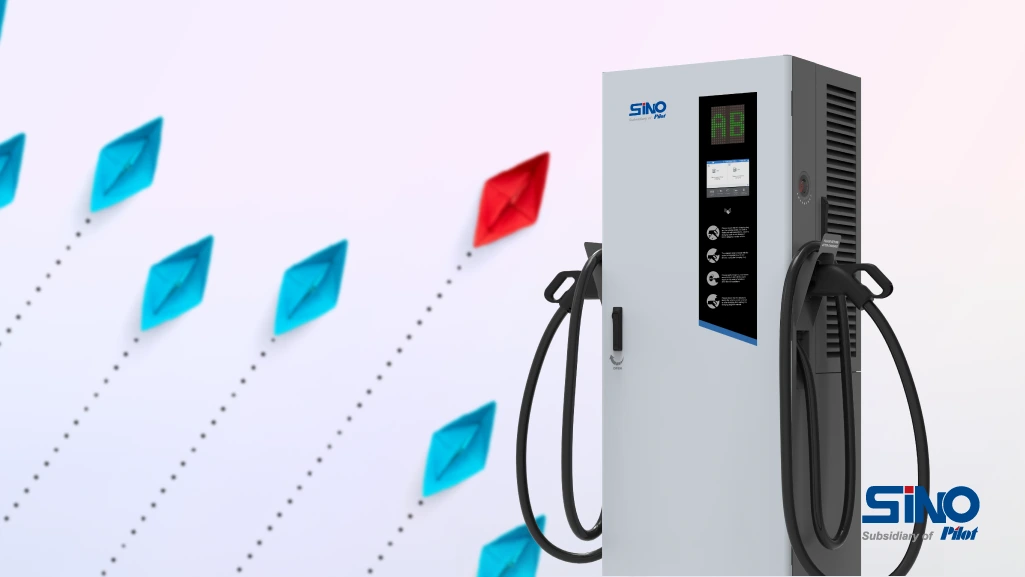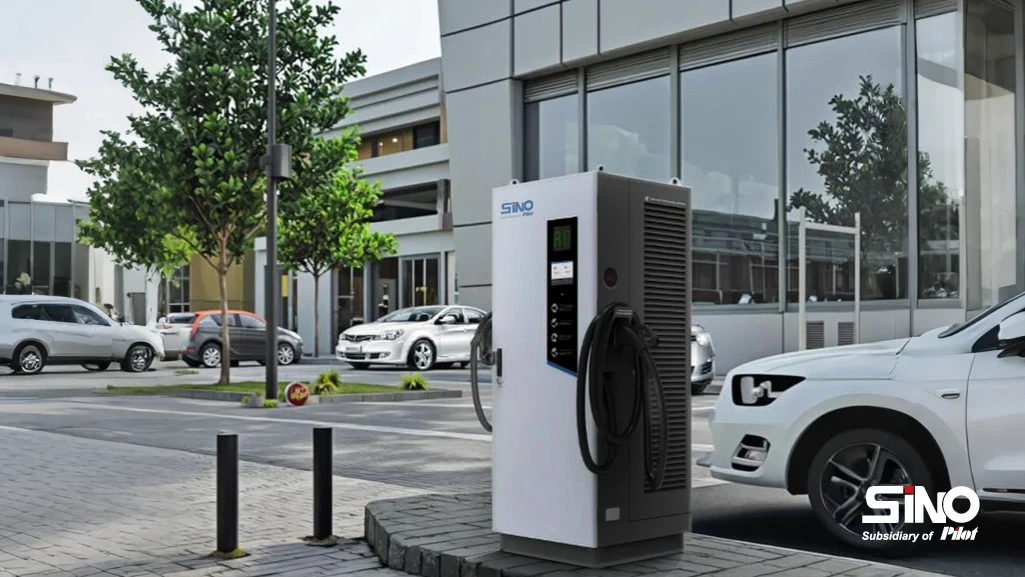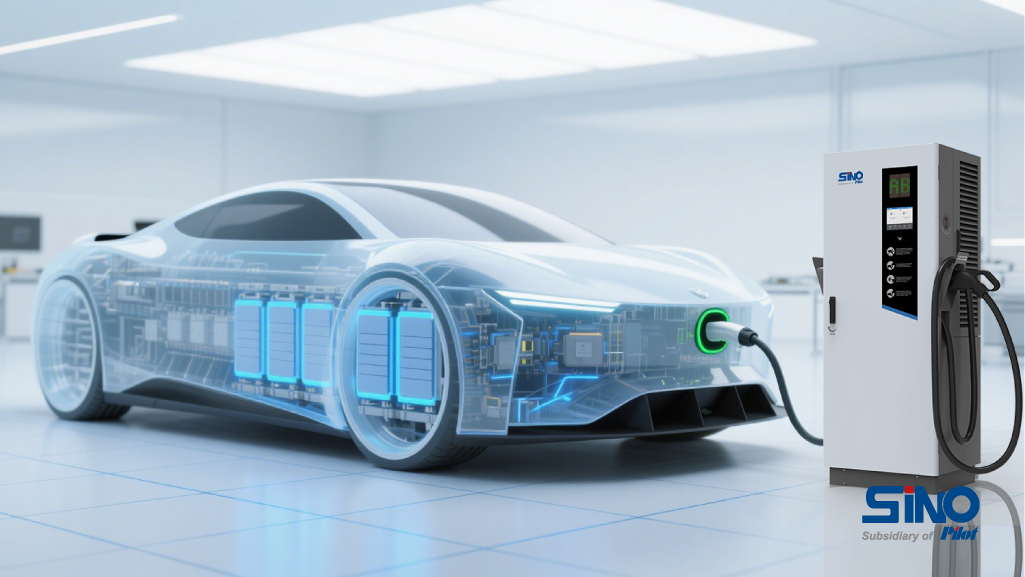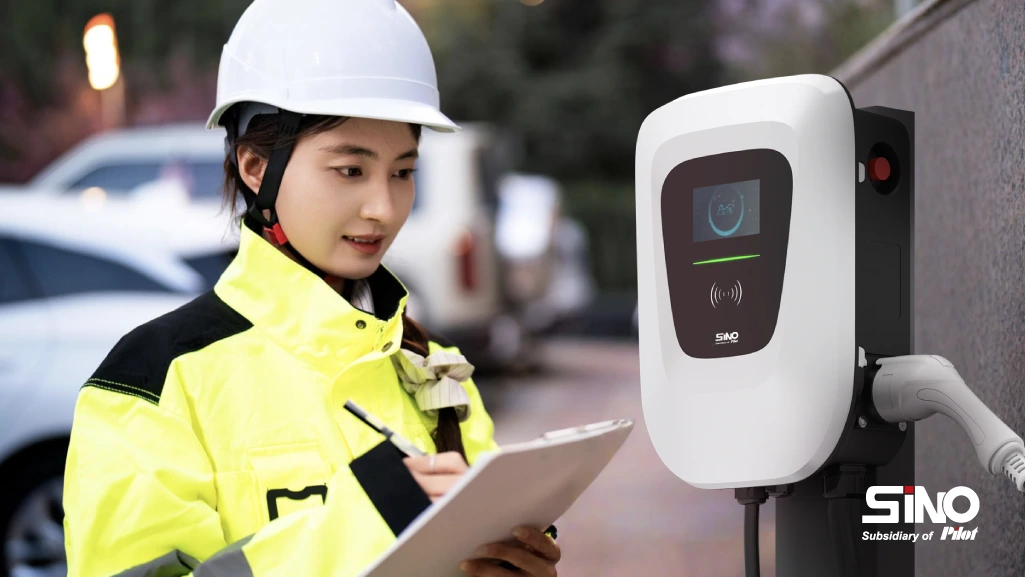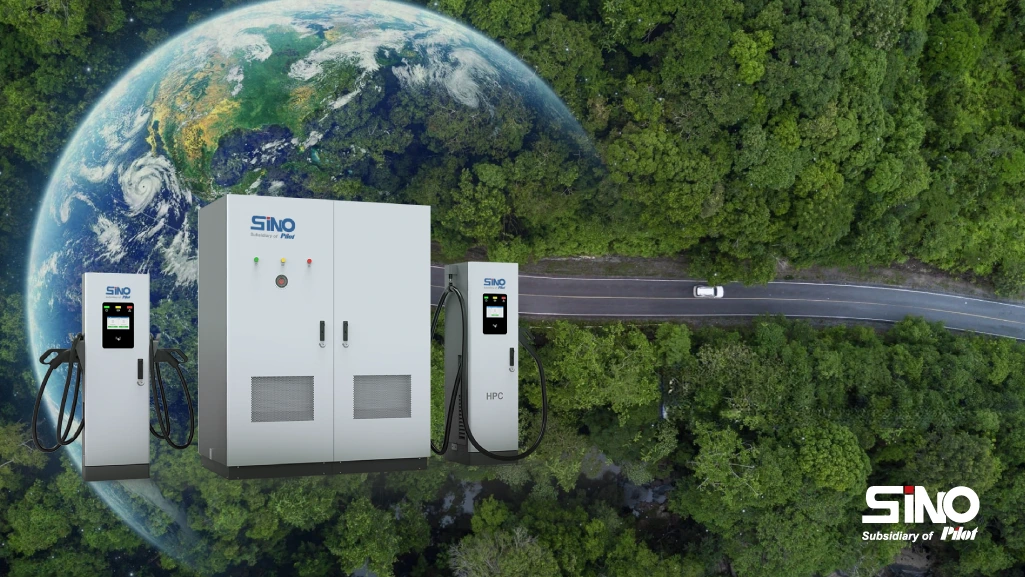Generally, driving range for electric vehicles in the winter is known that there will be depleted, especially when temperature is very low. Besides, cold weathers will also increase charging times. In this article, we would like to explore how to charge an EV in the cold and helpful tips on how to keep your EV running all winter long.
How Does Cold Weather Affect EV Charging?
Most electric cars are powered by hundreds or even thousands of small lithium-ion batteries. While these batteries are more advanced than regular batteries, the chemical reactions inside them will still slow down in the cold, which will reduce their charging and discharging efficiency.
As we all know, battery electric vehicles in the winter, generally there will be a decline in endurance, driving range depletion phenomenon, especially when the temperature is very low, “afraid of coldness” is particularly serious.
So at this time, many new EV owners will attribute this phenomenon to warm air conditioning.
Although the heating air conditioning does increase power consumption, the real reason is that in the low temperature state in winter, the electrolyte viscosity in the electric vehicle battery will become higher, resulting in increased battery internal resistance, lithium-ion diffusion speed is slow and other problems.
Therefore, it can be seen that the reason for the decline in the endurance of new energy vehicles in winter is that at low temperatures, the activity of battery materials is reduced, resulting in a decrease in the discharge power of the battery, which leads to the shortening of the driving range of the car.
But when the temperature rises, the range of the car will also return to normal.

The reasons why this problem is caused are more complex. Generally speaking, at low temperature, it is related to the low electrochemical reaction rate of the battery, the ionic conductivity of the electrolyte and the reduction of the lithium ion diffusion coefficient in the negative graphite material particles, and the low conductivity of the SEI film on the surface of the negative particle.
We take conductivity as an example, we know that conductivity refers to the ability of substances to transmit current, to a lithium-ion battery, for example, it at room temperature its ionic conductivity is about 10mS/cm, but at -40℃, the conductivity drops sharply to 0.02mS/cm. The decrease in electrical conductivity is so serious that the car will not be able to run naturally.
Or, when the lithium-ion battery is charged at a low temperature, the lithium ions may not be able to be embedded in the graphite negative electrode, so that the metal lithium dendrites are precipitated on the negative surface, which will consume the lithium ions in the battery that can be repeatedly charged and discharged, and greatly reduce the battery capacity.
To help you tackle the coldest time of the year with confidence, we have some helpful tips for you:
Find a warm place to recharge
If the ambient temperature is below 0℃, the system will automatically heat the battery cell first, when the temperature of the battery cell reaches more than 5℃, it really begins to charge the vehicle. Some electric vehicle owners will feel that the speed of charging electric vehicles in winter suddenly slows down, which is actually an extra time to heat the battery cell before charging the vehicle.
Therefore, when the owner usually charges the car, he should try to choose the underground parking lot, closed garage and other places. This is conducive to improving the activity of the battery, which can not only reduce the loss of driving range, but also improve the efficiency of charging and save time.
Charge for a short time before traveling
You may find that the electric car had 60 or 70 percent for the range the day before you start the car next morning and find that the range is only 30 percent or less left. Some people call this a “power run.” In fact, this “electricity running” is not a fault, but caused by the low temperature.
In the process of driving, the battery is in a state of continuous discharge, so the temperature will be relatively high. When the battery voltage is relatively high, and the remaining power of the electric vehicle displayed at this time is a normal value.
However, after parking at a low temperature for a whole night, the battery has cooled, the voltage is reduced, and the car’s system will automatically adjust the displayed power and driving range, which makes people feel the illusion of “electricity running”. In this case, you may begin your cars charging for 10 minutes before you drive your car..
Check Your Tires
With electric cars (and plug-in hybrids, for that matter), keeping your car’s tires within manufacturer specs is ideal for getting the best range. Since electric powertrains are so efficient, unnecessary friction resulting from improperly inflated tires will eat into your car’s range.
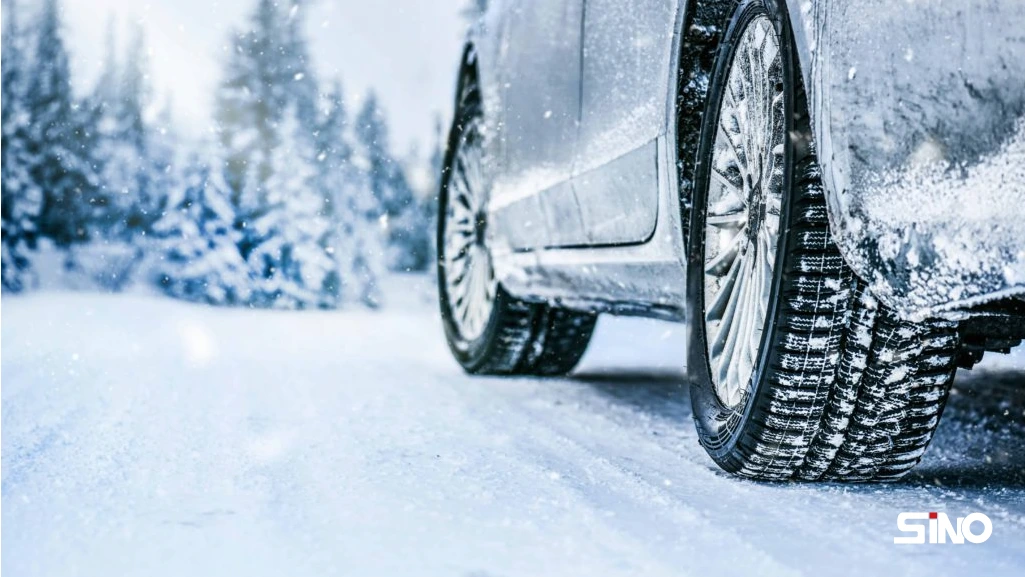
You should also invest in quality tires and keep them properly inflated. EVs have big battery elements in their undercarriage, meaning they are often heavier than traditional cars. Make sure you pick tires that can take this extra weight.
When it gets cold, the air in the tire takes up less space, thus lowering the pressure. For every 10°C drop in temperature, the pressure drops by 0.07 to 0.14 bars. That’s why you should check the tire pressure regularly, especially in winter. You’ll find the correct pressure information in your car’s owner’s manual.
Heated Seats and Cabin
If your EV has a heat pump, you can use the seat heater over the heating system in cold conditions. Especially if you preheat the cabin while charging, running the cabin heater may be unnecessary. Instead of waiting until driving to begin heating the cabin, doing so while charging is the best way to conserve your battery’s energy. The best time to do this is around 15 minutes before you leave.
Keep Up With Software Updates
Manufacturers often release software updates that can improve the performance of your EV, including improvements for winter driving. Keep up to speed on any upgrades and make sure your vehicle is running the most recent software.
Always Precondition Your EV
Many EVs have a “preconditioning” feature, which warms up the battery and cabin around 30-45 minutes before you start driving. Without preconditioning, your battery will need to use its own limited supply of energy to warm up your EV while driving, which will significantly reduce your driving range.
Some electric cars even let you schedule your departure time so your car will reach the perfect temperature before you leave every morning. Just don’t forget to precondition your EV on the way back home, too.
Keep Your EV Plugged In
Whenever an EV is plugged into a charger, some of the electricity will be used to keep the batteries warm. So, it’s a good idea to keep your EV plugged in and turn on the heaters before driving in cold weather conditions, even if it’s only 20-30 minutes before you leave.
During the winter months, you should plan on charging your EV more frequently, and it’s a good idea to keep a mobile charger in your trunk in case of emergencies.
Don’t Let Your Battery Go Below 20%
Most drivers make a point to never let their charge drop below a certain level. In the wintertime, you should be extra careful. A cold battery has trouble both taking in and putting out energy. Even though your battery may still have some charge, your car may need to use it to heat up the battery before starting the charging process. That’s why you should never let your charge drop below 20 percent.
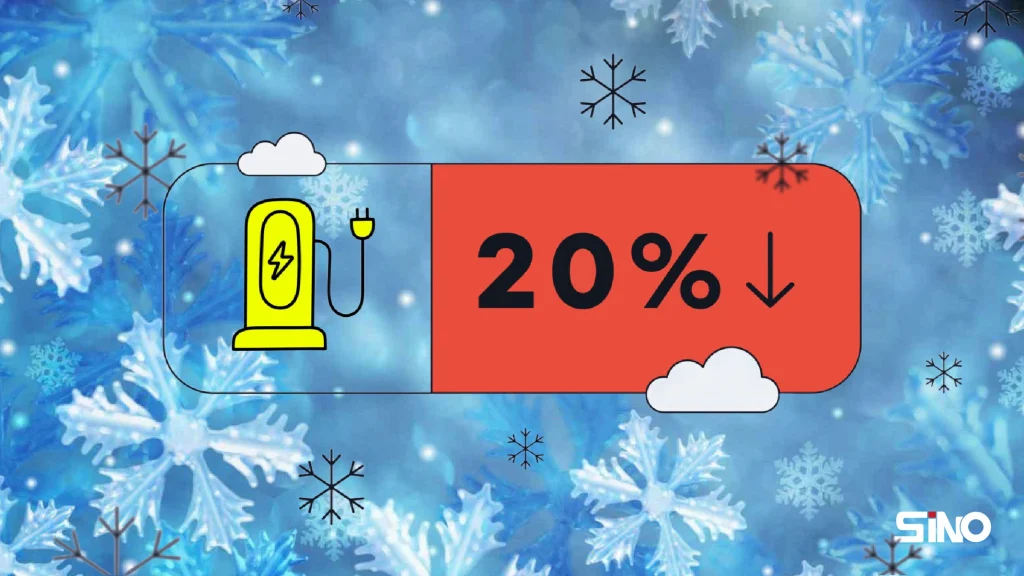
Every year, you can read many stories about EVs that can’t start when temperatures fall below freezing in places like Chicago. However, this usually only happens if the battery state of charge (SoC) drops below 20% and your EV is left out in the cold for long periods of time.
Sustainable and Steady Winter Driving Practices
Embrace sustainable driving practices. Reduce your speed, avoid unnecessary idling, and maximize the use of heated seats and steering wheel to minimize the impact on your EV’s battery.

Therefore, when driving electric vehicles in winter, avoid sudden acceleration, slowly step on the accelerator, and strive to maintain a relatively stable speed, which will also improve the range. Gradual acceleration and plugging in your automobile after extended periods of inactivity help to extend battery life.
The dramatic reduction in winter driving range of pure electric vehicles is also a real problem, and there is no good solution in the absence of major advances in battery technology. However, developing good driving and charging habits can help increase mileage.
By following these practices not only enhance your EV’s performance during winter, but also contribute to the longevity of essential components, ensuring a smoother driving experience in the cold Canadian climate.
Our Social
Facebook: www.facebook.com/sinoevc
Instagram: www.instagram.com/sinoevc
Linkedin: www.linkedin.com/company/sinoevse
Youtube: www.youtube.com/@sinoevc
Twitter: www.twitter.com/sinoevc

“Better Charging for Better Life”
—Zhuhai Sino Energy Technology Co.,Ltd.



